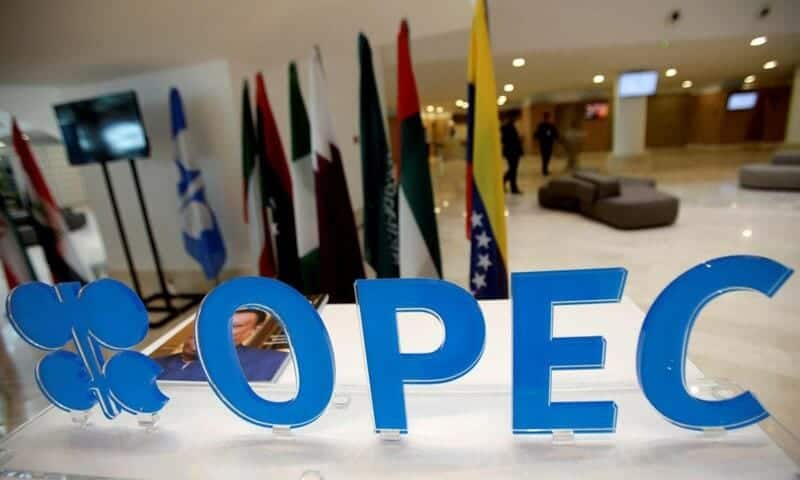VIENNA: OPEC said Tuesday it expects oil demand to rise between now and 2045, and remain the dominant source of energy despite warnings that it must fall to combat climate change.
The cartel’s world oil outlook goes against the vision of the International Energy Agency, which warned in May that demand must fall over the next decades for the world to meet its climate goals.
Oil demand and prices fell sharply as the pandemic emerged last year, but both have rebounded this year as economies recover from the Covid crisis.
Developing countries will fuel demand while it will begin to fall in wealthier nations from 2023, according to a report by the Organization of the Petroleum Exporting Countries.
“Energy and oil demand have picked up significantly in 2021, after the massive drop in 2020, and continued expansion is forecast for the longer-term,” OPEC chief Mohammad Barkindo said in the group’s World Oil Outlook.
Demand is forecast to grow from 90.6 million barrels per day between 2020 and 2045 to reach 108.2 million — an increase of 17.6 million bpd, according to the cartel’s world oil outlook.
But taking 2019, the year before the pandemic, as a basis of comparison, oil demand will only rise by 8.2 million bpd by 2045.
OPEC’s 2045 forecast is also slightly lower than what it had predicted in last year’s outlook.
Global demand is expected to rise faster over the next few years before slowing progressively and nearly plateauing after 2035, when it will reach 107.9 million bpd.
The OPEC paper comes as Brent crude oil prices jumped above $80 per barrel for the first time in almost three years on expectations for surging demand and concerns about tight supplies as the world slowly emerges from the pandemic crisis.
The IEA, which advises developed countries on energy policy, warned in May that all future fossil fuel projects must be scrapped if the world is to reach net-zero carbon emissions by 2050 and stand any chance of limiting warming to 1.5C.
The IEA report, which sent shockwaves through the industry, said oil demand should never return to its 2019 peak and decline to 72 million bpd in 2030 and 24 million bpd in 2050.
OPEC, however, said that oil will “retain the highest share in the global energy mix” during the period covered by its report, although renewables will see the largest growth.
Oil demand is expected to rise gradually from 30 percent last year to more than 31 percent in 2025 before it begins to decline and reach 28 percent in 2045.
Barkindo said “huge investments” are necessary to meet the demand.
“Without the necessary investments, there is the potential for further volatility and a future energy shortfall, which is not in the interests of either producers or consumers,” he said.
OPEC sees oil demand growing over next two decades

- Developing countries will fuel demand while it will begin to fall in wealthier nations from 2023, said OPEC.
- The OPEC report comes as Brent crude oil prices jumped above $80 per barrel for the first time in almost three years.







